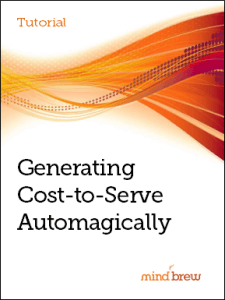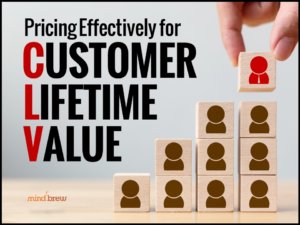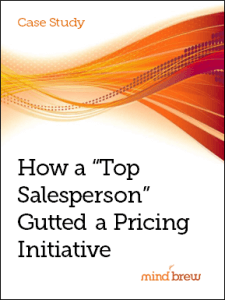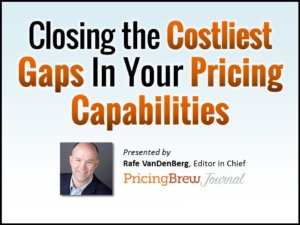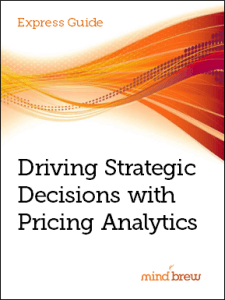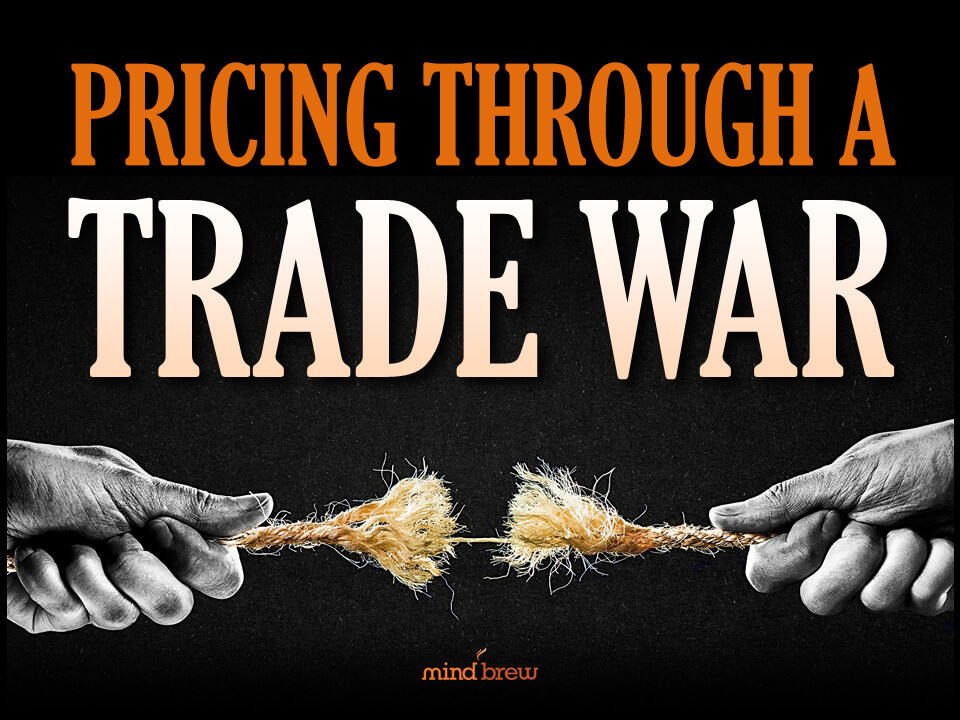We all know that some customers are more profitable than others. Of course, the challenge is figuring out who those customers are and what made them that way in the first place.
For those of us that are wired for pricing, three customer traits spring to mind that naturally contribute to profitability. Your most profitable customers are likely the ones that:
- Buy your highest-margin products.
- Pay the quoted price without haggling for a discount.
- Take you up on cross- and up-sell offerings.
Those three traits are pretty easy to figure out—that data likely already exists and reports can probably be run on without much effort.
Unfortunately, those traits rarely tell the whole story—and they certainly don’t tell the cost side of the profitability equation. Most of the time, your most profitable customers will also be the ones that have the lowest cost-to-serve. These customers are often the ones that:
- Place large orders instead of lots of small ones.
- Pay on time without having to be pestered.
- Don’t require coddling or handholding from sales to buy.
- Don’t demand lots of post-sales service or support.
- Stick with orders they place without modifying them.
- Accept your standard contract without needing unique terms.
- Pay up-front instead of paying over installments.
So how do you track this data and get a handle on the indirect costs associated with each customer? There are a handful of approaches–like activity-based costing and cost allocations. Unfortunately, they’re often either too onerous for companies to adopt or too general to give you an accurate cost picture.
But a tutorial in The PricingBrew Journal, Generating Cost-to-Serve Automagically, teaches some simple methods you can use to estimate relatively accurate costs for all of the activities that determine customer profitability. It’s a must-read if you’re looking to get a better handle on cost-to-serve.

